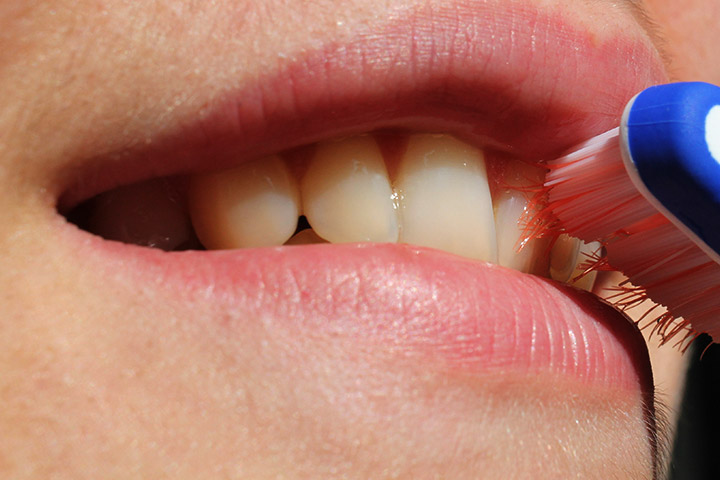Are you tired even though you are getting enough sleep? It is possible that you have an underlying sleep disorder. In this case, you should consult a doctor to establish a diagnosis and find an appropriate treatment. There are two sleep disorders, poorly known but quite common: sleep apnea and sleep hypopnea. The AHI is an index for assessing the degree of severity of these disorders. What are the differences between sleep apnea and hypopnea? How to assess the AHI? What are the consequences of an abnormal AHI? We take stock in a few lines.
What is the difference between sleep apnoea and hypopnea?
Sleep apnoea is often confused with hypopnoea. Although these two disorders affect breathing during the night, they are nevertheless quite different. Sleep apnoea is characterised by several complete pauses in breathing. These breathing pauses, of variable duration, are repeated several times during the night. Hypopnoea, on the other hand, is a reduction in respiratory flow. These two disorders have very different consequences on the health of sleepers.
Obstructive sleep apnoea results from a total obstruction of the upper airway, formed by the nose, pharynx, larynx and tongue. It leads to oxygen deprivation, which can result in short, medium and long term complications if repeated. The consequences of sleep apnoea include chronic fatigue, increased irritability, compulsive eating, sexual dysfunction and poor concentration.
Hypopnoea is a reduction in breathing amplitude of varying intensity. This reduction usually ranges from 10 to 50%. It causes a 3-4% oxygen deficiency in the blood. Hypopnoea occurs when the respiratory flow is reduced for at least 10 seconds during inspiration. This causes the affected person to resist letting air into the lungs. In all cases, apnoea and hypopnoea significantly affect the quality of sleep. Unrefreshing sleep is never without consequences in the long run. A specific test for apnoea and hypopnoea has therefore been developed to diagnose these sleep disorders and help patients regain optimal sleep quality.
What is the apnoea hypopnoea index (AHI)?
It is important to detect the symptoms of sleep apnoea or hypopnoea in order to make a diagnosis and find an appropriate treatment. The AHI is a valuable indicator for assessing the severity of sleep apnoea and hypopnoea (called OSAHS or obstructive sleep apnoea hypopnoea syndrome). The AHI is assessed in people with proven sleep disorders or chronic daytime fatigue after they have completed a questionnaire.
Polygraph or polysomnography examination allows to calculate AHI index by measuring breathing and the number of ventilation stops or reduction in breathing amplitude during each hour of sleep. A specialist is performing this sleep test on the request of the treating physician.
The AHI determines 3 levels of severity of sleep apnea or hypopnea:
- 1st degree: corresponds to respiratory incidents ranging from 5 to 15 per hour.
- 2d degree: This is the moderate grade. It refers to patients experiencing 15 to 30 respiratory events per hour.
- 3rd degree: the most severe degree, it concerns patients with more than 30 respiratory arrests per hour.
Consequences of abnormal AHI
There are multiple consequences of obstructive sleep apnea syndrome. A significant drop in blood oxygen levels and therefore an abnormal AHI expose the following risks:
- High blood pressure ;
- STROKE ;
- Cardiovascular diseases;
- Diabetes type 2 ;
- Mandibular pain;
- Increased risk of car accidents due to fatigue;
- Headache ;
- Obesity;
- Depression.
Mild syndromes usually have few serious health consequences. Nevertheless, it is important to take OSA seriously and treat it properly. There are many solutions, more or less effective, to treat sleep apnea and hypopnea. Among them, treatment with Continuous Positive Airway Pressure (CPAP), a device reserved for people with moderate to severe disorders, or the mandibular advancement device.
This solution helds the the lower jaw forward to facilitate the passage of air through the airways. The oral appliance is placed in the mouth before going to sleep each night. In any case, we strongly advise you to consult your doctor to establish the presence of a sleep disorder if you suspect it. Your doctor will refer you to a specialist for tests such as AHI or polysomnography. These examinations will allow you to know the exact diagnosis of your disorder and to establish the most suitable treatment for your nocturnal problem.
As it takes a long time to get a consultation and a diagnosis, it is useful to get a thermoformable mandibular device to reduce the symptoms of sleep apnea and snoring.




